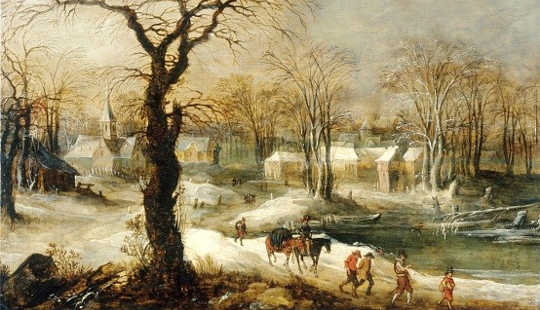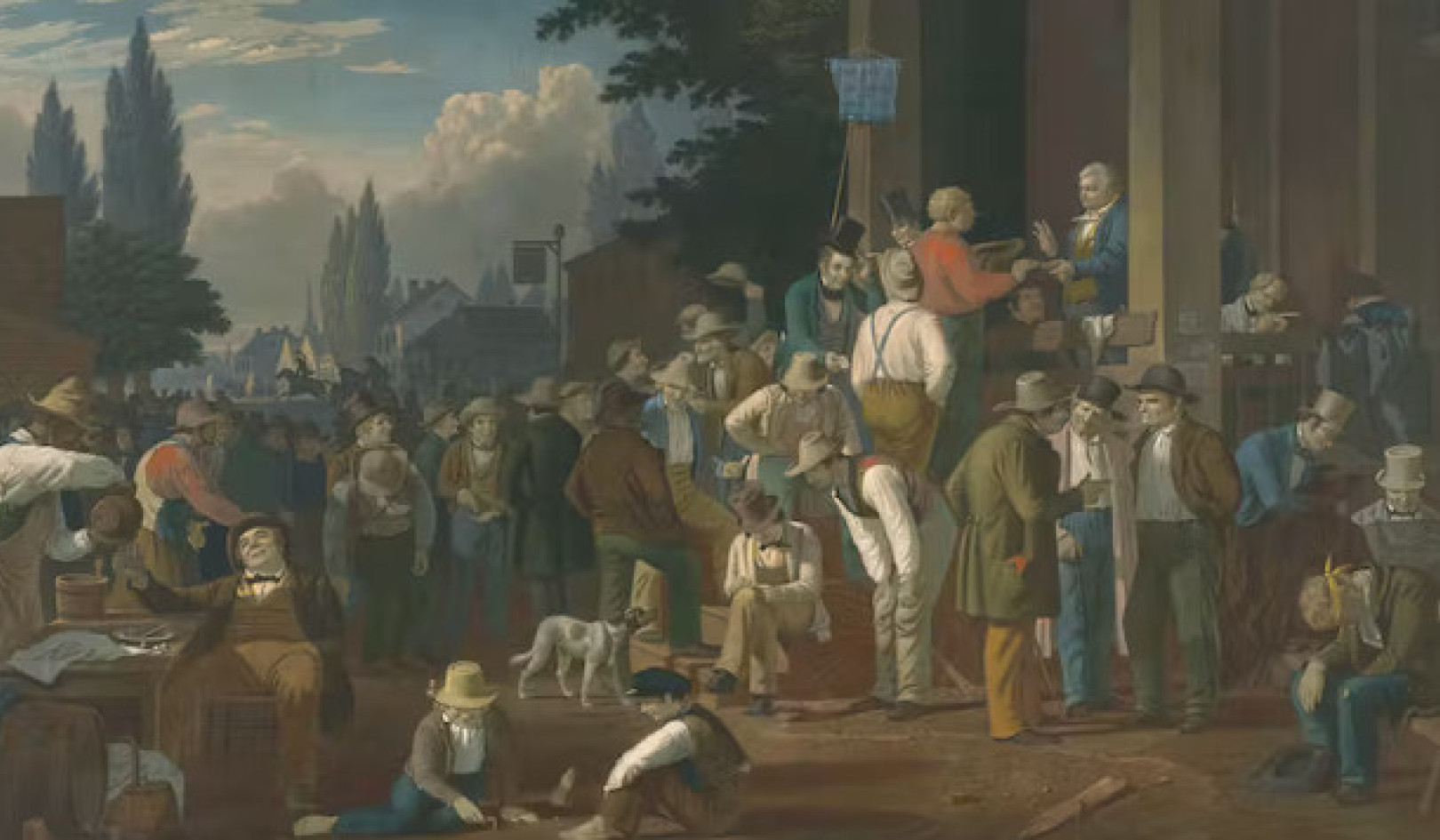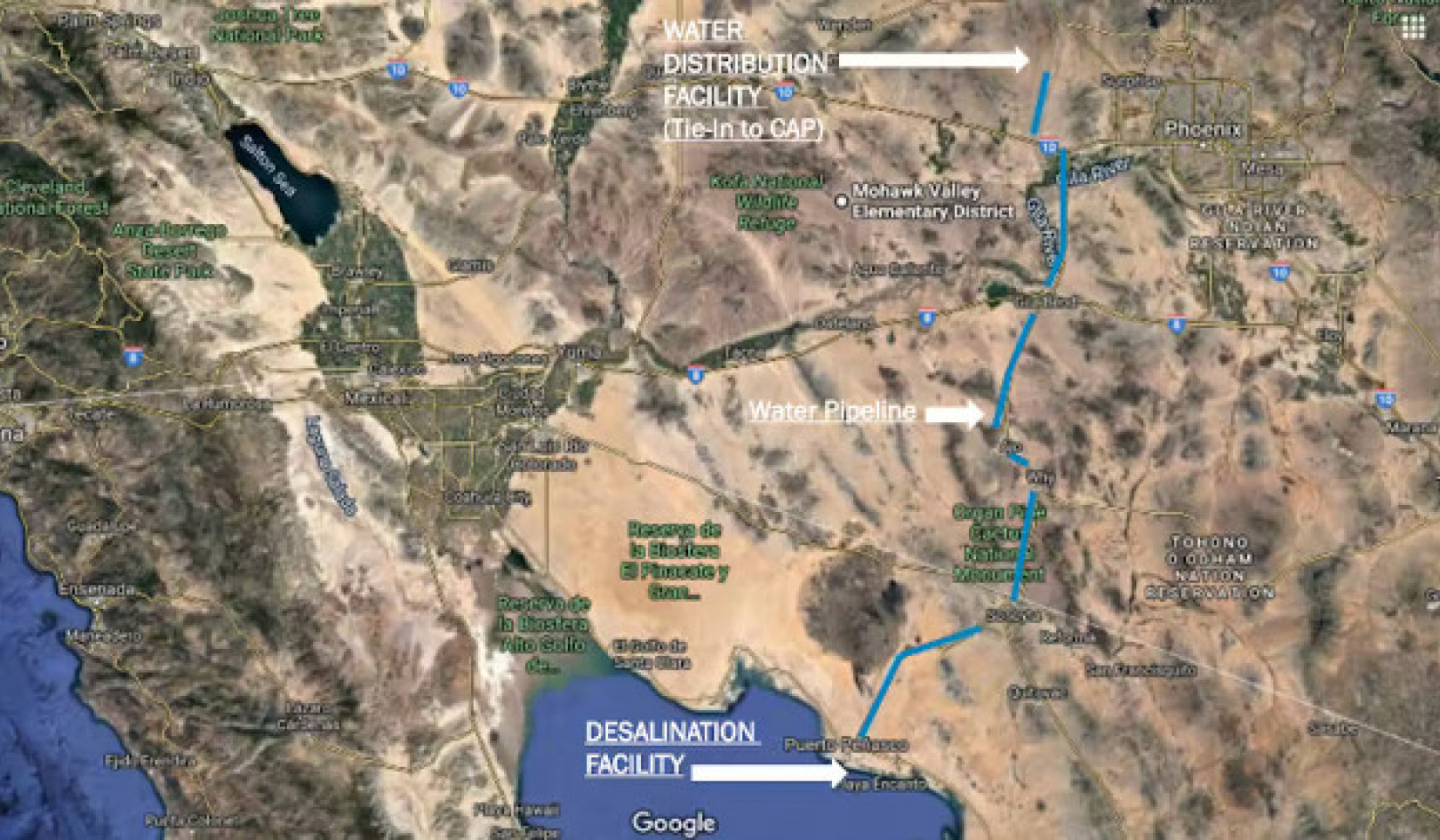
Dämpningen i atmosfäriska koldioxidnivåer under den lilla istiden orsakades inte av pionjärer från New World som skar en sväva genom det inhemska amerikanska jordbruket, som tidigare varit tänkt.
I stället vår ny analys of the climate record contained within Antarctic ice cores suggests that the fall in atmospheric CO? levels during the cold period from 1500 to 1750 was driven by increased net uptake of carbon by plants.
This in turn suggests that if plants reacted to falling temperatures by taking up more carbon, they are likely to react to the current rising CO? levels by releasing yet more of it into the atmosphere.
Historiska atmosfärer
Atmospheric CO? concentrations were fairly stable from around 2000 years ago until the start of the Industrial Revolution, since when they have begun to klättra dramatiskt. Men längs vägen var relativt små skift, som det som ses under Little Ice Age (LIA).
Carbon dioxide naturally cycles between the atmosphere, the land and the ocean. On land, it is removed from the atmosphere by plant photosynthesis and returned when plant material decomposes. Normally these processes balance out, but a change in the rate of one of these processes can shift atmospheric CO? levels to a new equilibrium.
Om sönderdelningen ökar när den värmer kommer det att sakta eller vända ombalansupptagningen, lämna mer koldioxid i atmosfären, värma klimatet ytterligare och så vidare, i en positiv återkoppling.
LIA motsvarade början av europeisk kolonisering av den nya världen. Europas sjukdomar förstörde befolkningar i Amerika, och en teori held that this led to a decrease in indigenous agriculture, which in turn let forests grow back and took up significant amounts of CO? from the atmosphere. This had been suggested as the first geologically recognisable signature of human impact on the globe, and thus the start of the Anthropocene epoch.
But was this actually the case? Our study suggests not, because while we can be relatively certain the LIA change in CO? levels was due to differences in the behaviour of land plants, our results suggest that the change was a response to the changing climate, and not to human-driven changes in vegetation cover.
Letar efter ledtrådar
How can we tell? We know that the process involved terrestrial plants, because the atmosphere during the LIA was even lower in CO? containing the isotope carbon-12, which is preferred by photosynthesising plants.
But how do we know if the changes were due to changes in vegetation cover, or to climate feedbacks. To answer that we looked at another gas, carbonyl sulfide (COS), which is also trapped in air bubbles along with the carbon dioxide. This molecule has almost the same structure as CO?, except one of the oxygen atoms is replaced with sulfur.
This is close enough to trick the plants, which take it up during photosynthesis. But unlike CO?, COS it is not released when plant material decomposes so an increase in photosynthesis leads to a decrease in atmospheric COS.
Det innebär att hypotesen "tidig antropocen" har en testbar konsekvens: det borde ha lett till en observerbar minskning av COS-koncentrationerna inom iskärnorna. Men när vi tittade på iskärnan fick vi veta att det var en ökning. Detta tyder på att fotosyntes faktiskt minskade under LIA, snarare än att öka som vi skulle förvänta oss om skillnaden berodde på återväxt av skog.
This means that the drop in atmospheric CO? during the LIA was more likely to have been a direct response to the dipping temperatures. The cool climate of the LIA reduced photosynthesis but also slowed down plant respiration and decomposition, with the net effect that more CO? was taken up by the land biosphere during cool periods.
Vad sägs om framtiden?
The flipside of this is that the reverse may happen when temperatures rise, as they are now. Rising temperatures are likely to mean even more CO? being released from the terrestrial biosphere. While plants continue to increase their photosynthesis as Earth warms, our findings suggest that plant decomposition will increase even more, meaning that less carbon stays in the soil.
Detta gäller, för som vi vet har människor öppnat kranen på en ny källa av kol: fossila bränslen som tidigare låses bort under jord. Vi återvänder snabbt mycket av detta lagrade kol till atmosfären, och landet och havet tar bara bort ungefär hälften av det vi lägger till.
Our discovery suggests that every degree increase in temperature will result in about 20 parts per million extra carbon dioxide in the atmosphere. This is about the middle of the expectation from climate models. It means that, if we want to keep global warming to within 2? of average pre-industrial temperatures, in line with the Avtal Paris klimat, we need to factor in this positive feedback loop, which means that the more temperatures climb, the more extra CO? will be released from the world’s landscapes.
Om Författarna
Peter Rayner, professor, University of Melbourne
Cathy Trudinger, seniorforskare, CSIRO
David Etheridge, forskarforskare, CSIRO,
Mauro Rubino,, Second University of Naples
Den här artikeln publicerades ursprungligen den Avlyssningen. Läs ursprungliga artikeln.
relaterade böcker
at

Tack för besöket InnerSelf.com, där det finns 20,000+ livsförändrande artiklar som främjar "Nya attityder och nya möjligheter." Alla artiklar är översatta till 30+ språk. Prenumerera till InnerSelf Magazine, som publiceras varje vecka, och Marie T Russells Daily Inspiration. InnerSelf Magazine har publicerats sedan 1985.

Tack för besöket InnerSelf.com, där det finns 20,000+ livsförändrande artiklar som främjar "Nya attityder och nya möjligheter." Alla artiklar är översatta till 30+ språk. Prenumerera till InnerSelf Magazine, som publiceras varje vecka, och Marie T Russells Daily Inspiration. InnerSelf Magazine har publicerats sedan 1985.





















